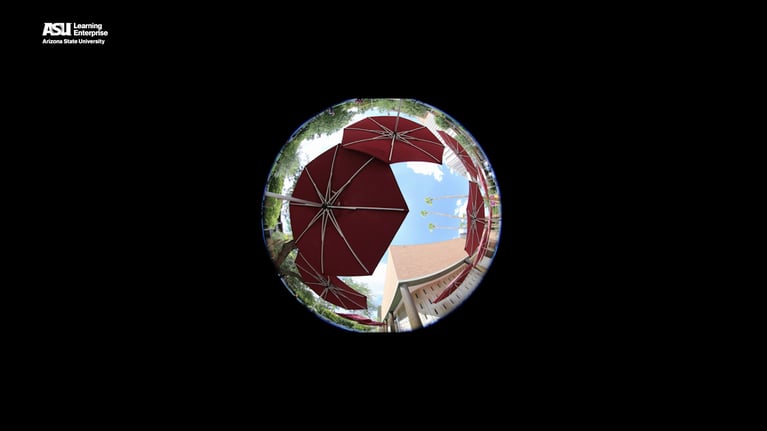Thermal comfort measures a person's satisfaction with their thermal environment - how hot or cold they feel. An individual's thermal comfort is influenced by both weather and other environmental factors as well as personal factors like metabolic rate, clothing worn, age and more. A combination of meteorological tools and surveys are used to measure thermal comfort. One of the most effective solutions to improving thermal comfort in hot climates is shade.
The global society of heating engineers, known as ASHRAE, define thermal comfort in their Standard 55 as the “condition of mind that expresses satisfaction with the thermal environment, assessed by subjective evaluation”. The most important phrase in this definition is “subjective evaluation,” because thermal comfort is different for everyone!
Environmental factors can only explain about 50% of how comfortable a person feels. Those factors include meteorological conditions we can objectively measure using sensors, including air temperature, mean radiant temperature, wind speed, and relative humidity.
However, there is much more to thermal comfort than weather. Meteorological conditions only account for about 50% of a person’s thermal sensation. The other 50% can be attributed to dynamic human parameters.
Personal factors play a large role in how a person experiences the thermal environment. Those factors include metabolic rate, which is the amount of energy per unit of time that a person expends to perform a certain task; clothing insulation, which is a measure of the thermal insulation provided by clothing that a person is wearing, and a person’s age, gender, and fitness level.
Psychological factors also influence how comfortable you feel. For example, if a thermal environment meets your expectations, you are less likely to feel uncomfortable. It also makes a difference if you are adapted to hot or cold temperatures and for how long you are exposed.
All of these physical, physiological, psychological, and behavioral factors must be addressed to fully understand an individual’s subjective thermal sensation.
Now, how can we measure a person’s thermal comfort?
Well, the environmental (or objective) factors can be measured using meteorological instruments, such as an air temperature and humidity probe, an anemometer (which is a wind sensor), and a globe thermometer or mobile analytical unit (like MaRTY) to measure mean radiant temperature.
The personal (or subjective) factors are usually quantified through surveys. Respondents note their so-called “thermal sensation vote” on a scale from 1 to 9, with 1 meaning “very cold,” 5 being neutral, and 9 being “very hot.” Respondents also answer questions about their clothing, thermal history, and other personal factors we just discussed. The answers are then linked to the weather conditions at the time of the survey to find out what drives an individual’s thermal comfort.
A study in Phoenix, Arizona showed that shade is the main environmental driver of thermal comfort when it is hot and dry. In the summertime, shade improved thermal comfort by one point on the thermal sensation scale. The researchers found that in hot, dry, sunny weather conditions, outdoor thermal comfort is mainly driven by the radiative heat exchange between the human body and the environment, and mean radiant temperature becomes much more important for thermal comfort than air temperature or humidity.
A follow-up study investigated the performance of artificial shade from photovoltaic canopies, umbrellas, shade sails, and other engineered structures in comparison to trees. The researchers found that all shade is great and improves thermal comfort when it is hot. This will help cities manage shade in places where trees cannot be planted due to infrastructure challenges.
.jpg?length=767&name=e71bd9f7e8fada38e6cc6adf5b84026e7f7c47b9%20(1).jpg)

